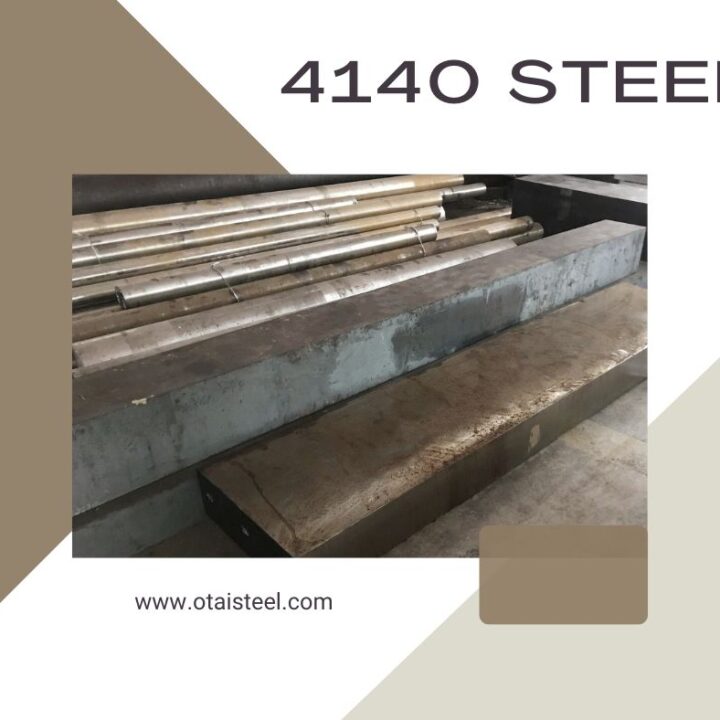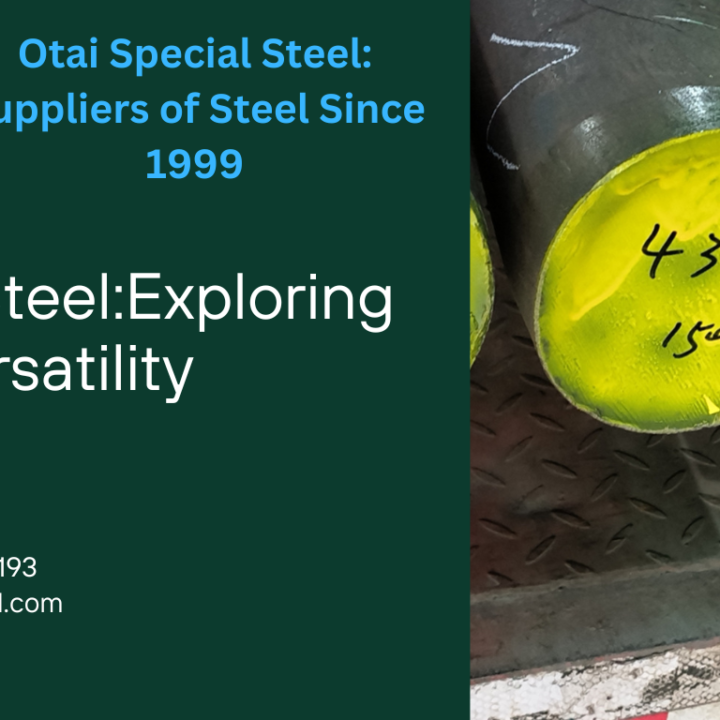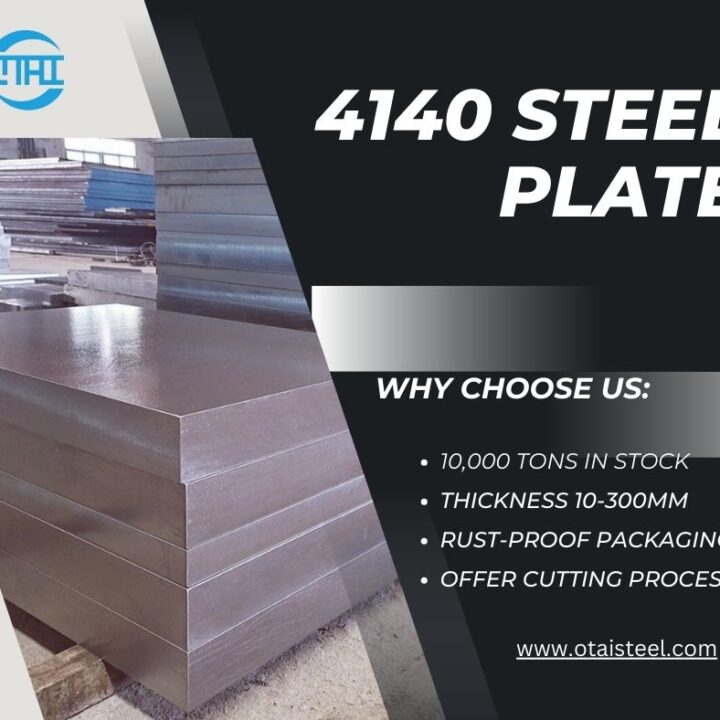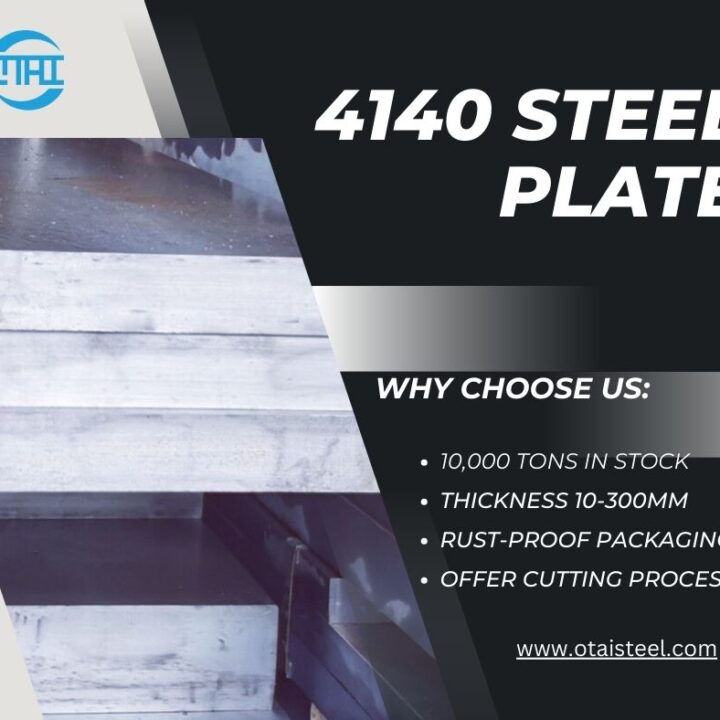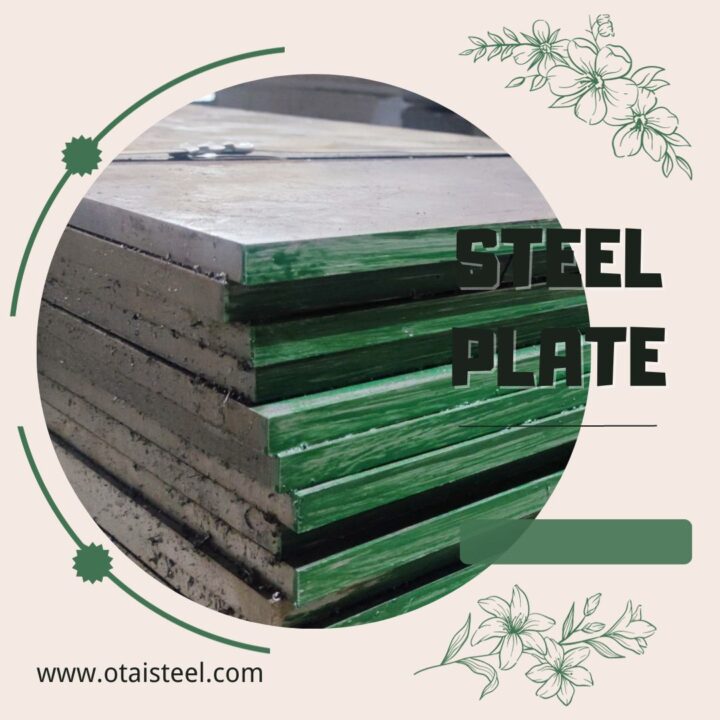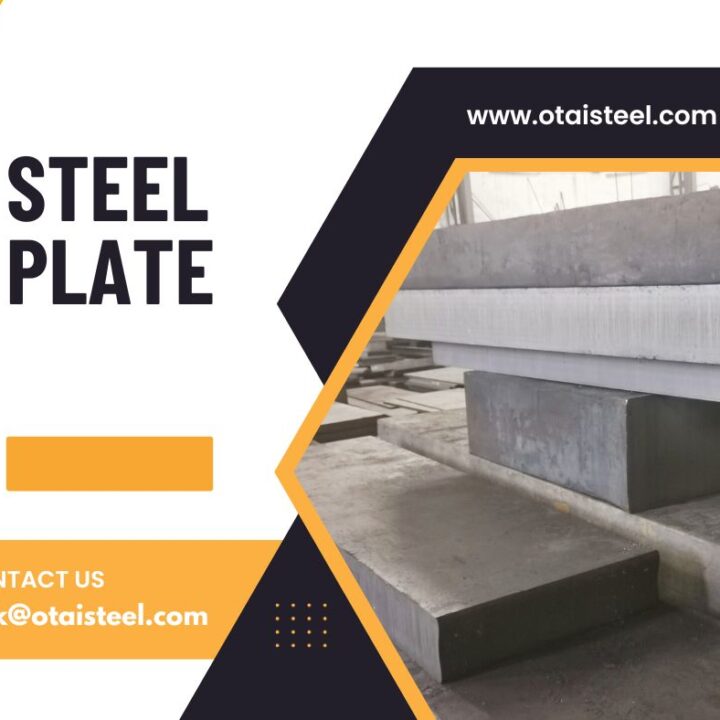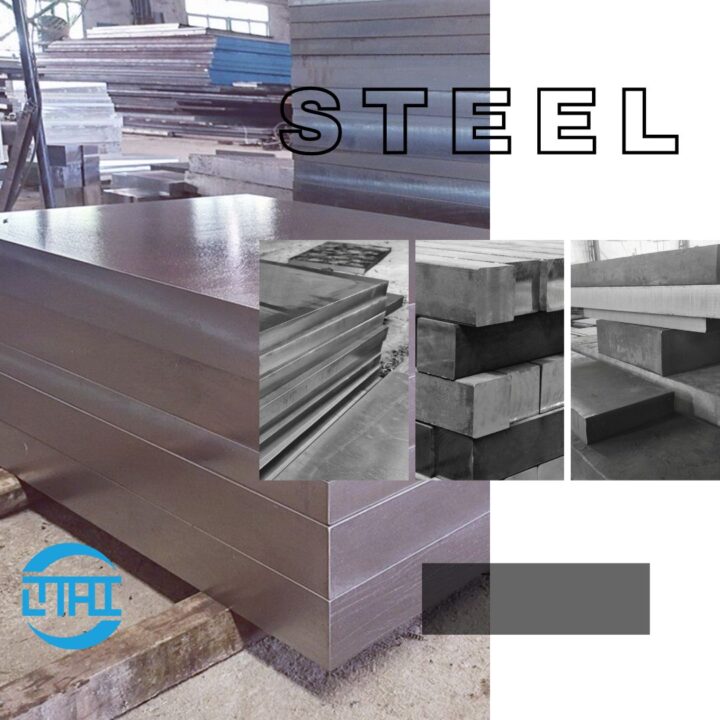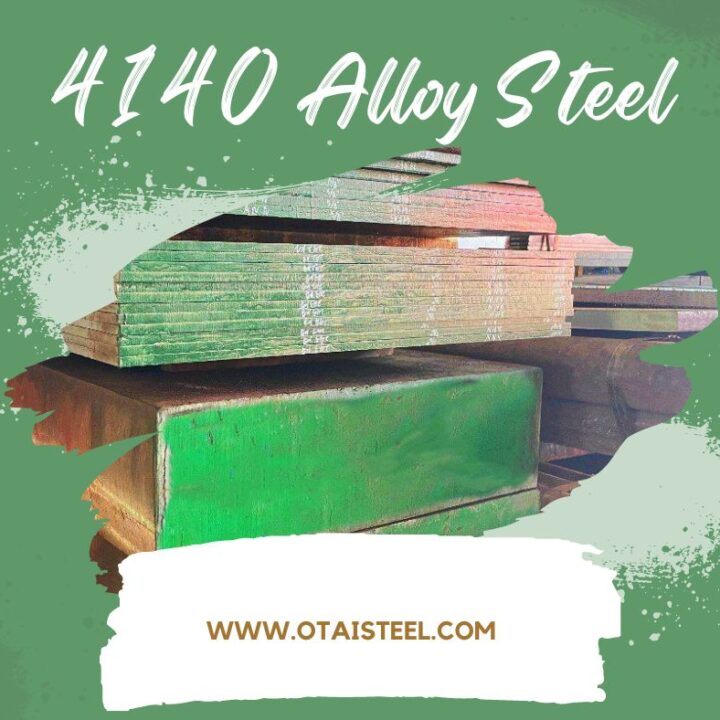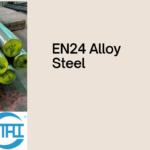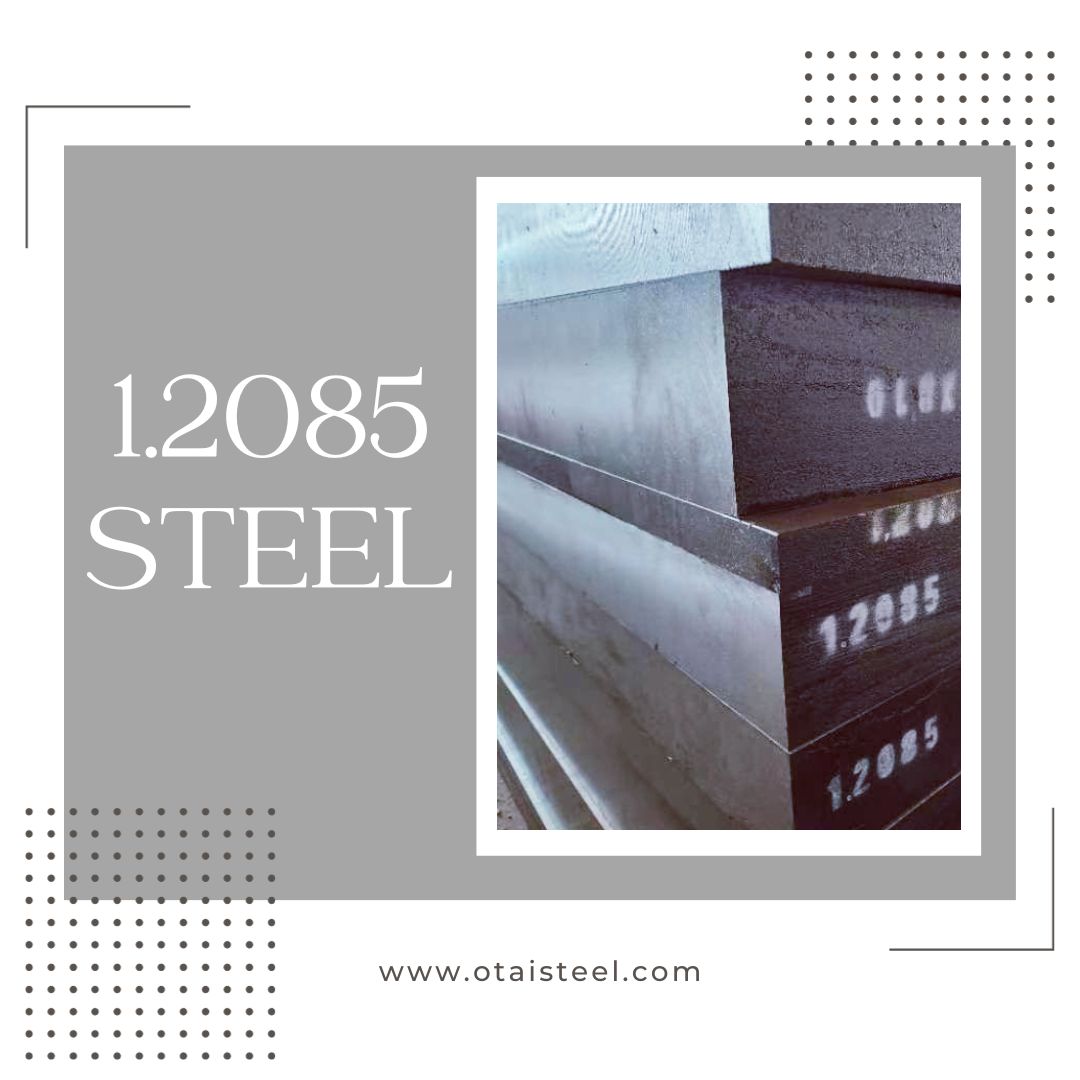 1.2085 steel, also known as 420HC or X46Cr13, is a steel alloy known for its unique properties. In this article, we’ll explore the chemical composition of 1.2085 steel, delving into the elements that give it its exceptional characteristics.
1.2085 steel, also known as 420HC or X46Cr13, is a steel alloy known for its unique properties. In this article, we’ll explore the chemical composition of 1.2085 steel, delving into the elements that give it its exceptional characteristics.
The Crucial Components of 1.2085 Steel
To understand the properties of 1.2085 steel, it’s essential to examine its chemical composition. This alloy consists of several key elements, each contributing to its unique qualities:
- Chromium (Cr):
- Chromium is the primary alloying element in 1.2085 steel, typically comprising around 13-14% of its composition. This high chromium content is responsible for the steel’s excellent corrosion resistance and hardenability. It forms a protective oxide layer on the steel’s surface, preventing rust and staining.
- Carbon (C):
- Carbon content in 1.2085 steel typically ranges from 0.4% to 0.5%. Carbon is a crucial element for achieving high hardness and wear resistance in the steel. It forms strong chemical bonds within the steel matrix, contributing to its strength.
- Manganese (Mn):
- Manganese is often present in 1.2085 steel in small amounts (around 0.5%). It aids in deoxidization during the steel’s production process, resulting in improved machinability and a fine-grained structure.
- Silicon (Si):
- Silicon, usually in the range of 0.4%, is used for deoxidization during the steel’s production, ensuring the steel’s overall quality and performance.
- Sulfur (S) and Phosphorus (P):
- Sulfur and phosphorus are typically present in minimal amounts (less than 0.03% each). While their presence is limited, they can impact the steel’s machinability.
The Role of Chemical Composition in 1.2085 Steel’s Properties
Understanding the chemical composition of 1.2085 steel is crucial because it directly influences the steel’s properties:
- Corrosion Resistance: The high chromium content in 1.2085 steel is responsible for its remarkable resistance to corrosion. This makes it suitable for use in environments where exposure to moisture, chemicals, or other corrosive substances is a concern.
- Hardness: The combination of carbon and chromium in 1.2085 steel allows it to achieve a high level of hardness. It can be hardened through heat treatment, making it ideal for applications where wear resistance and sharp edges are essential.
- Wear Resistance: The hardness of 1.2085 steel, along with its fine-grained structure, contributes to its exceptional wear resistance. This property is particularly advantageous for applications such as cutting tools and knives.
- Machinability: The presence of manganese and silicon in small amounts improves the steel’s machinability, making it easier to work with during the manufacturing process.
Applications of 1.2085 Steel
The unique combination of properties resulting from the chemical composition of 1.2085 steel makes it suitable for various applications:
- Cutting Tools: Due to its high hardness and wear resistance, 1.2085 steel is often used for the production of cutting tools like drills, end mills, and milling cutters.
- Blades and Knives: Knife makers prefer 1.2085 steel for kitchen knives and hunting knives due to its ability to maintain a sharp edge and resist corrosion.
- Surgical Instruments: The corrosion resistance and hardness of 1.2085 steel make it a preferred material for surgical instruments, including scalpels and forceps.
- Mold Making: In industrial applications, 1.2085 steel is used for making molds for plastics and other materials due to its ability to maintain its shape and resist wear.
- Food Processing Equipment: The corrosion-resistant properties of 1.2085 steel make it an excellent choice for components used in food processing and packaging machinery.
The chemical composition of 1.2085 steel, characterized by high chromium and carbon content, plays a pivotal role in shaping its remarkable properties. This alloy’s corrosion resistance, hardness, and wear resistance make it a valuable material for a wide range of applications, from surgical instruments to industrial tools. Understanding its composition allows industries to leverage its unique strengths in diverse applications.
